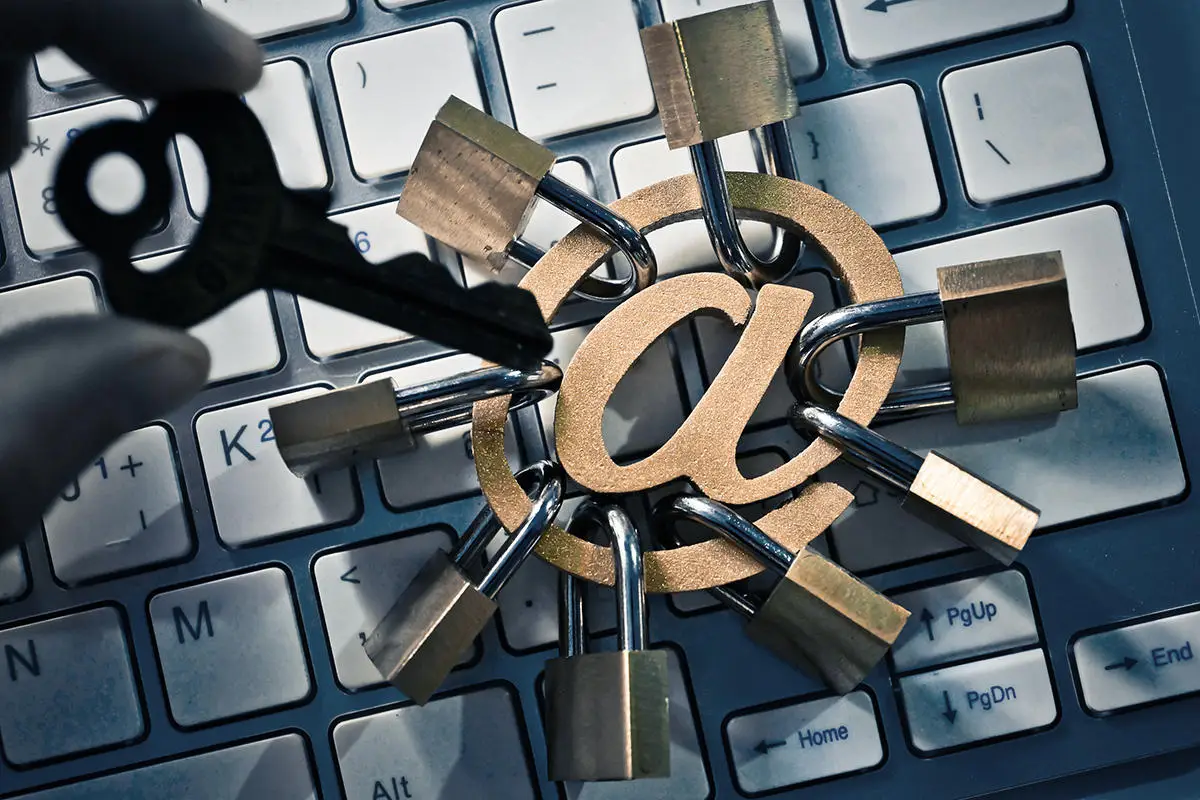In today’s digital age, email has become an essential part of our daily lives. However, with the rise of cybercrime, sending sensitive information through email has become a significant concern. One way to protect sensitive information is by using email encryption. This article will discuss how email encryption works, the types of email encryption, how to encrypt your email, and the benefits of using email encryption.
How Email Encryption Works
Email with encryption is a process that involves scrambling the content of an email to make it unreadable to anyone who does not have the decryption key. This process involves two main components: encryption and decryption. The sender encrypts the email, and the recipient decrypts it using a decryption key.
The encryption process can be done in various ways. One method is called symmetric encryption, where the sender and recipient use the same key to encrypt and decrypt the email. Another method is asymmetric encryption, where the sender and recipient use different keys for encryption and decryption.
It can be interesting for you – https://reply.io/best-email-closings/.
Types of Email Encryption
There are two main types of email encryption: transport-level encryption and end-to-end encryption.
Transport-level encryption is the process of encrypting an email as it travels between email servers. This type of encryption protects the email from being intercepted by hackers during transit. However, once the email reaches its final destination, it can be read by anyone who has access to the recipient’s email account.
End-to-end encryption, on the other hand, encrypts the email at the sender’s device and decrypts it at the recipient’s device. This type of encryption ensures that only the sender and recipient can read the email, even if it is intercepted during transit.
How to Encrypt Your Email
Encrypting your email can be done in various ways, depending on the email service provider you use. Some email providers, such as Gmail, offer built-in encryption options that you can enable. Other email providers may require you to use third-party encryption software.
To encrypt your email using Gmail, you can enable the “confidential mode” feature. This feature allows you to set an expiration date for your email and prevent the recipient from forwarding or copying the email content. You can also require the recipient to enter a passcode to view the email.
Benefits of Using Email Encryption
Using email encryption can provide several benefits, including:
- Protecting sensitive information: Email encryption can prevent unauthorized access to sensitive information, such as social security numbers, credit card numbers, and medical records.
- Compliance with regulations: Some industries, such as healthcare and finance, require businesses to use email encryption to comply with regulations.
- Increased trust: Encrypting your email can increase trust between you and your clients or customers by showing that you take their privacy seriously.
- Peace of mind: Knowing that your sensitive information is protected can give you peace of mind and reduce the risk of data breaches.
In conclusion, email encryption is a crucial tool to protect sensitive information from cyber threats. By understanding how email encryption works, the types of email encryption, how to encrypt your email, and the benefits of using email encryption, you can take steps to safeguard your sensitive information. Stay protected and use email with encryption.
Check our follow-up guide from Reply`s specialist https://reply.io/follow-up-guide/.



